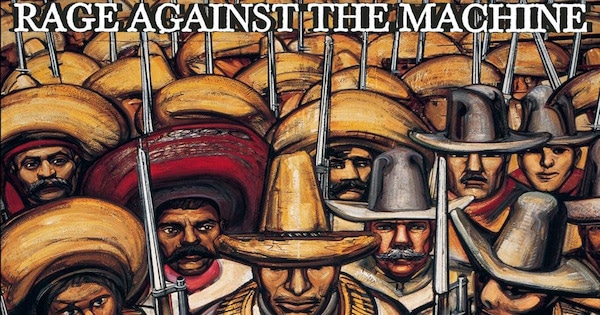Rage Against The Machine’s first-ever performance in the Mexican capital is fierce, funky and uncompromising. The Battle Of Mexico City features electrifying performances of “Testify,” “Guerrilla Radio,” “Bulls On Parade” and “Killing In The Name.”
General Winfield Scott captures Mexico City
History.com Editors
During the Mexican-American War, U.S. forces under General Winfield Scott enter Mexico City and raise the American flag over the Hall of Montezuma, concluding a devastating advance that began with an amphibious landing at Vera Cruz six months earlier.
The Mexican-American War began with a dispute over the U.S. government’s 1845 annexation of Texas. In January 1846, President James K. Polk, a strong advocate of westward expansion, ordered General Zachary Taylor to occupy disputed territory between the Nueces and Rio Grande Rivers. Mexican troops attacked Taylor’s forces, and on May 13, 1846, Congress approved a declaration of war against Mexico.
On March 9, 1847, U.S. forces under General Winfield Scott invaded Mexico three miles south of Vera Cruz. They encountered little resistance from the Mexicans massed in the fortified city of Vera Cruz, and by nightfall the last of Scott’s 10,000 men came ashore without the loss of a single life. It was the largest amphibious landing in U.S. history and not surpassed until World War II. By March 29, with very few casualties, Scott’s forces had taken Vera Cruz and its massive fortress, San Juan de Ulua. On September 14, Scott’s forces reached the Mexican capital.
In February 1848, representatives from the United States and Mexico signed the Treaty of Guadalupe Hidalgo, formally ending the Mexican War, recognizing Texas as part of the United States, and extending the boundaries of the United States west to the Pacific Ocean.

